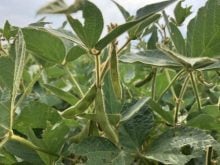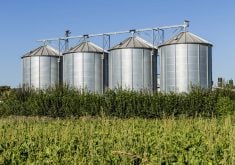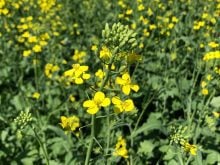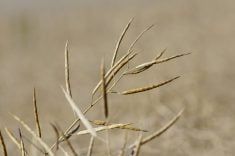Why are there so many songs about rainbows, and what’s on the other side?
The best quote I heard while covering the agricultural markets over the week ended March 25 was from an analyst rephrasing the age-old saying of ‘What comes up, must come down.’ He noted grains and oilseeds will eventually ‘see both sides of the rainbow,’ implying a downturn was inevitable. Whether we’re at the apex of the curve already, or there is still more room to the upside before the fall, will only be known in hindsight.
Read Also
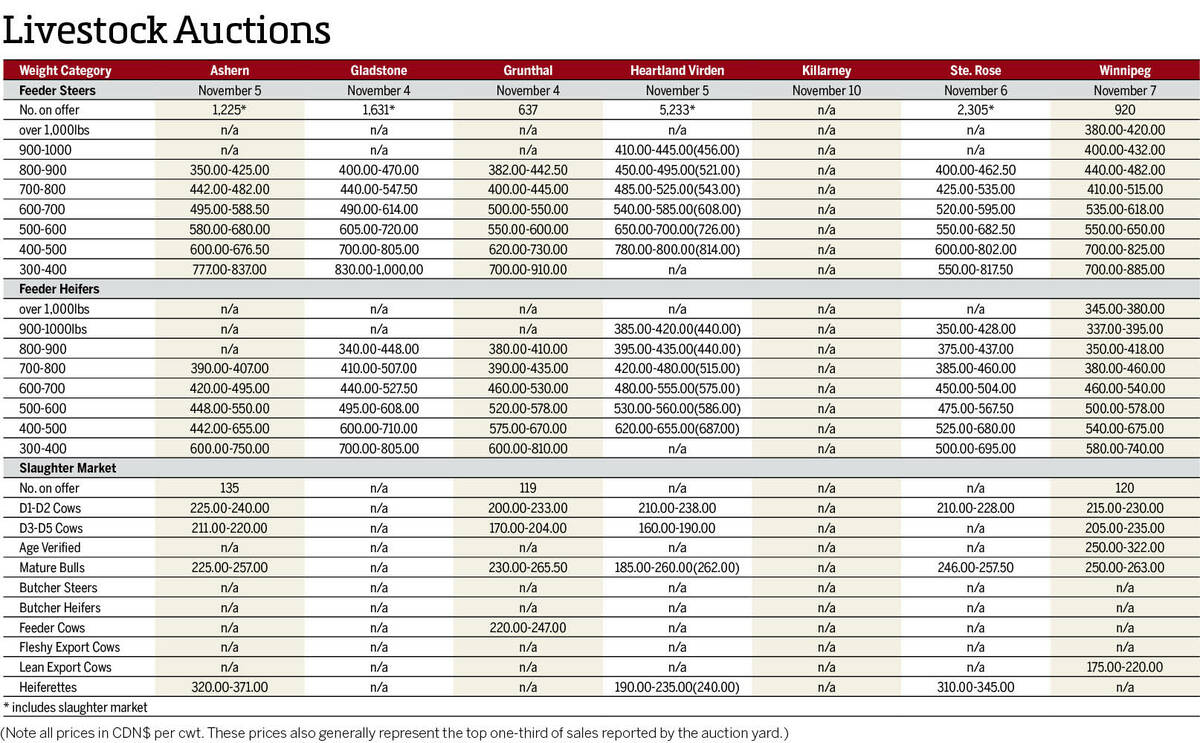
Manitoba cattle prices – Nov. 10
Cattle prices from Manitoba’s major auction marts for the week of Nov. 4-10.
Canola futures hit their highest levels ever at one point during the week before running into some profit-taking resistance and then recovering back higher the following day. Values remain well above all of the major moving averages, with the general uptrend of the past year and a half still very much intact.
The underlying fundamental situation of tight old-crop supplies remains supportive for canola specifically, with broad gains in crude oil more recently contributing to general strength in world vegetable oil markets. Ukraine’s sunflower crop will likely be cut in half on the year, but could be even smaller, which has contributed to contract highs in the European rapeseed market.
However, to bring up another famous Kermit the Frog song, “it’s not easy being green.” Rephrasing that in market-speak, you could say that the bull needs to be fed every day, or that more supportive news will be required to keep prices moving higher.
A good crop in 2022 could take the shine off the futures to some extent, and the canola market is certainly working to try and encourage some area this spring. At face value, new-crop pricing opportunities well above $20 per bushel look very favourable. Fuel and fertilizer costs are also high, though, with most other crops also in need of increased production after the 2021 drought.
In the United States, grain and oilseed markets saw some choppy activity during the week but held rangebound overall. The initial volatility in response to the Russian invasion of Ukraine has subsided a month into the war, but shifting sentiment on ceasefires and sanctions has led to choppy day-to-day activity.
Brazil’s soybean harvest is nearly complete, while farmers there have made good progress seeding the second corn crop. Argentina’s soybean harvest is a little further behind, and declining production estimates have provided support for U.S. futures.
The U.S. southern Plains received some much-needed precipitation during the week, helping ease drought concerns for the winter wheat crop in the region. However, more moisture will be needed. The lack of Black Sea exports should remain a supportive influence in the background of the wheat market as well.





